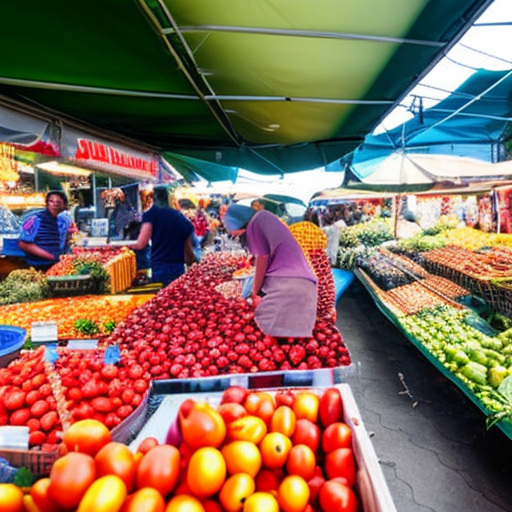Answer:
Vascular land plants, also known as embryophytes, are descendants of green algal-like ancestors that evolved from charophytes, or stoneworts. They differ from stoneworts in a number of ways, including their ability to live on land. Vascular land plants have evolved to possess several traits that help them to survive on land that charophytes do not have. Following is a list of the main differences between these two groups:
- Cell wall composition: Vascular land plants have a cell wall composed of cellulose, which is much stronger and more rigid than the cell wall of charophytes. This helps vascular land plants to stay upright and resist desiccation and other forms of environmental stress. Charophytes, on the other hand, have a cell wall composed of other substances such as pectin and alginic acid, which are more flexible and less resistant to environmental stress.
- Vascular tissue: Vascular land plants possess specialized tissues called xylem and phloem that transport water and nutrients throughout the plant. These tissues also help to support the plant’s upright structure. Charophytes lack these specialized tissues and rely on osmosis to transport substances throughout the plant.
- Leaves: Vascular land plants have leaves with waxy surfaces and sunken stomata that help to prevent water loss. Charophytes lack these features and are dependent on other mechanisms to reduce water loss.
- Roots: Vascular land plants possess extensive root systems that help to absorb water and nutrients from the soil. Charophytes lack these structures and must rely on their leaf surfaces for water absorption.
- Pollination: Vascular land plants produce pollen that is distributed by wind, insects, animals, or other organisms. Charophytes do not produce pollen, and must rely on their mutualistic relationship with other organisms or their own buoyancy to disperse their gametes.
In conclusion, vascular land plants have several unique features that set them apart from charophytes, or stoneworts. These features include cell wall composition, specialized vascular tissue, leaves with waxy surfaces and sunken stomata, extensive root systems, and the production of pollen. All of these traits enable vascular land plants to survive on land, whereas charophytes must remain in aquatic environments.

